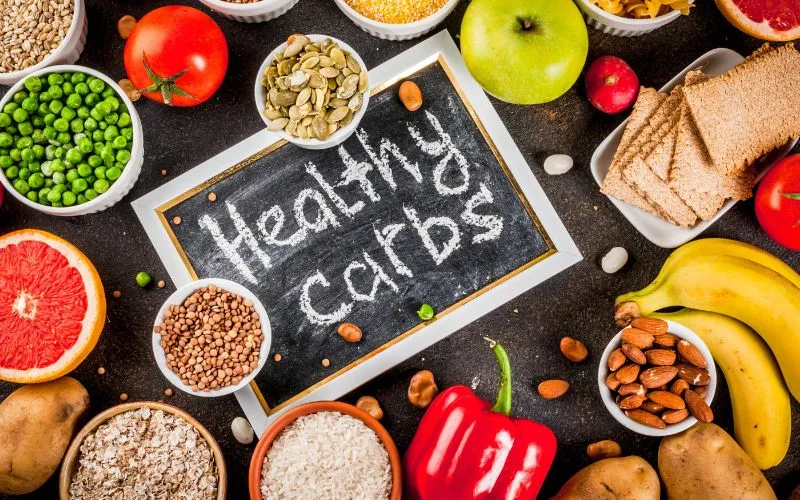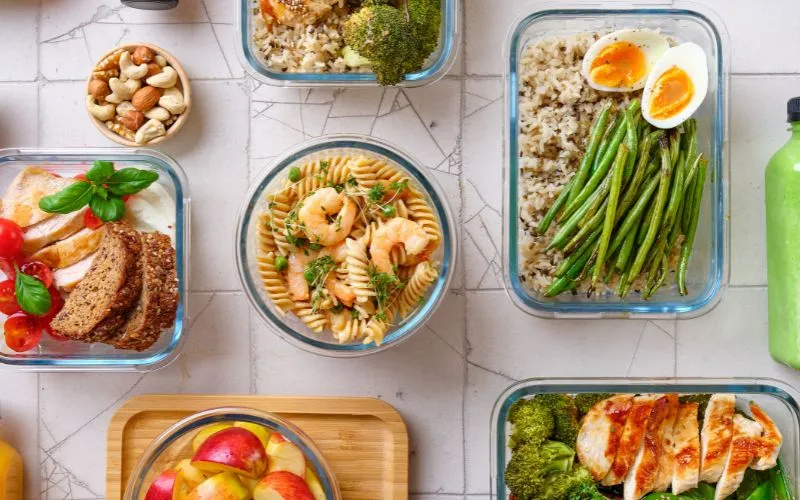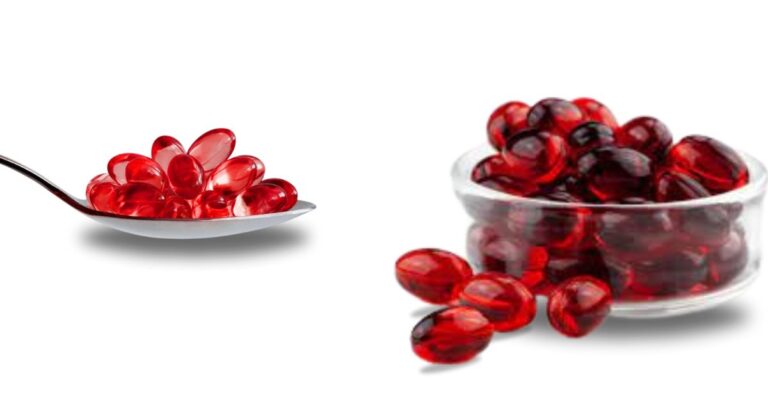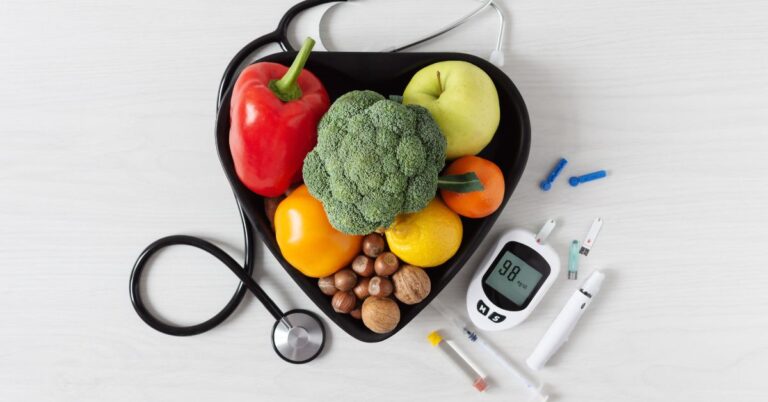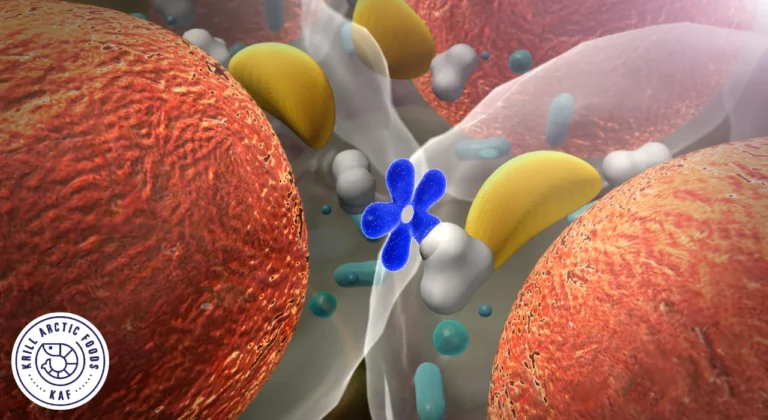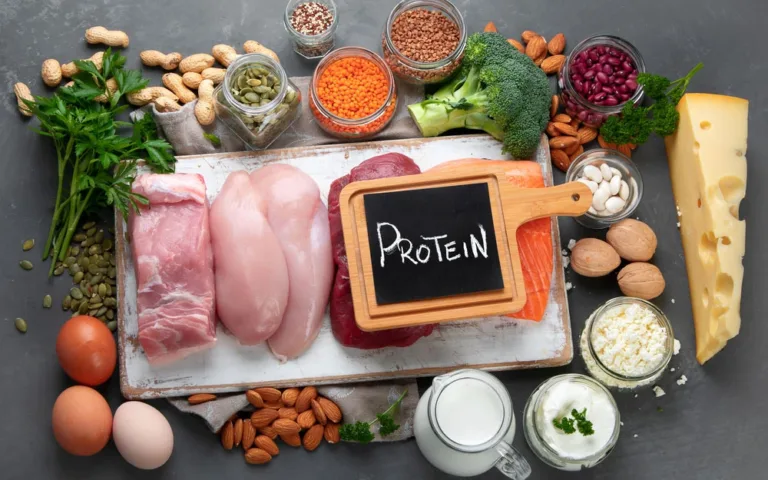Carb cycling Diet Plan is a dietary approach in which you vary your carbohydrate intake based on your activity level and specific fitness or weight loss goals. Often referred to as the intermittent low-carb diet, this method involves alternating between high, moderate, and low-carb days. This strategy can help overcome weight loss plateaus, boost metabolism, and tailor fuel intake for workouts, making it particularly suitable for athletes and those looking to enhance fat burning.
While carbohydrates serve as the body’s primary energy source, maintaining a low-carb diet can be challenging, especially for those who engage in frequent physical activities. Adding an interesting twist to this regimen, I incorporate krill meat, a high-protein seafood that enriches the flavor profile and boosts the nutritional value of meals. Rich in omega-3 fatty acids and antioxidants, krill meat complements the carb-cycling diet Plan by providing essential nutrients for muscle recovery and reducing inflammation.
Benefits Of Carb Cycling
Carb cycling is a helpful and effective strategy for achieving your health and fitness goals. Here, I’ve mentioned 3 main benefits of the carb cycling diet Plan:
Enhanced Fat Burning
Carb cycling aims to prevent metabolic adaptation, which often occurs in calorie-restricted diets and leads to a plateau in weight loss. By strategically increasing carb intake on certain days, you temporarily boost leptin levels, enhancing your metabolism and your body’s ability to use fat as fuel. Integrating krill meat provides additional lean protein, supporting sustained fat loss while maintaining muscle mass.
Stronger Muscles
On low-carb days, your body’s glycogen stores are limited. High-carb days, or “re-feed” days, replenish these stores, enhancing performance and reducing the risk of muscle breakdown. Adding krill meat, which is rich in amino acids, further supports muscle building and repair, making it an excellent partner to carb cycling diet Plan for athletes.
Improved Insulin Sensitivity
Carb cycling diet Plan can help stabilize blood sugar levels and improve insulin sensitivity by managing carb intake. This is crucial for overall health and efficient energy use. Krill meat, being low in fat and carbs but high in nutrients like choline and astaxanthin, may aid in reducing inflammation and enhancing metabolic health.
Tips To Plan Your Meal For Carb-Cycling Diet
- Map Out Your Plan: Determine which days will be low, moderate, and high carb. Align high-carb days with intense workouts where you require more energy, and schedule low-carb days for lighter activity periods.
- Calculate Carbs: Accurately plan the amount of carbs for each type of day. This might require initial calculations and adjustments based on your energy expenditure and goals.
- Track Your Intake: Use a calorie-tracking app to monitor your daily carb and nutrient intake. This helps you stay on track with your carb cycling and meets your dietary needs.
- Observe Your Body Response: Pay attention to how your body responds to different carb levels. Some people may need adjustments in their carb intake depending on their energy levels, workout intensity, and overall feeling of well-being.
- Stay Hydrated: Water intake is crucial in any diet, but keeping hydrated on low-carb days is especially important as it can help offset the initial loss of water weight that can occur when reducing carbs.
- Flexible Meal Prepping: Prepare versatile protein bases like krill meat that can be paired easily with varying carb sources. For example, krill meat stir-fried with vegetables for a low-carb meal or mixed with a quinoa salad on high-carb days.
7-Day Carb Cycling Diet Plan
Here’s a detailed 7-day diet plan where each day includes a meal featuring krill meat:
Day 1: Fresh Start
| Meal | Menu | Calories |
| Breakfast | Greek yogurt with honey and nuts | 300 |
| Lunch | Crab salad with avocado and greens | 450 |
| Dinner | Grilled chicken with steamed veggies | 500 |
| Snack | Krill meat sushi rolls | 200 |
| Total | 1450 |
Day 2: Protein Power
| Meal | Menu | Calories |
| Breakfast | Scrambled eggs with spinach | 250 |
| Lunch | Crab and asparagus omelette | 400 |
| Dinner | Beef stir-fry with broccoli | 550 |
| Snack | Krill meat Arugula salad | 150 |
| Total | 1350 |
Day 3: Seafood Delight
| Meal | Menu | Calories |
| Breakfast | Oatmeal with fresh berries | 300 |
| Lunch | Crab soup with fresh herbs | 350 |
| Dinner | Krill meat paella with saffron rice or fried rice | 550 |
| Snack | Fresh fruit salad | 150 |
| Total | 1350 |
Day 4: Flavor Fusion
| Meal | Menu | Calories |
| Breakfast | Pancakes with maple syrup | 350 |
| Lunch | Crab stuffed bell peppers | 400 |
| Dinner | Grilled salmon with quinoa | 550 |
| Snack | Krill meat cocktail | 150 |
| Total | 1450 |
Day 5: Fry and Fire
| Meal | Menu | Calories |
| Breakfast | Fruit smoothie | 300 |
| Lunch | Krill cakes with tartar sauce | 450 |
| Dinner | Spicy krill meat and vegetable stir-fry | 500 |
| Snack | Mixed nuts | 200 |
| Total | 1450 |
Day 6: Gourmet Grains
| Meal | Menu | Calories |
| Breakfast | French toast with berry compote | 350 |
| Lunch | Crab pasta with creamy garlic sauce | 450 |
| Dinner | Pork chops with apple sauce | 550 |
| Snack | Krill meat stuffed mushrooms | 150 |
| Total | 1500 |
Day 7: Global Tastes
| Meal | Menu | Calories |
| Breakfast | Bagel with cream cheese and smoked salmon | 350 |
| Lunch | Spicy crab tacos with salsa and guacamole | 450 |
| Dinner | Lamb curry with basmati rice | 600 |
| Snack | Krill meat ceviche with avocado | 200 |
| Total | 1600 |
Conclusion
When Carb cycling diet Plan is combined with the nutritional benefits of krill meat, it offers a dynamic dietary strategy that helps manage carbohydrate intake efficiently and enhances the diet’s overall nutrient profile. This approach supports various health goals, from improved metabolic health to better muscle recovery and performance.
Frequently Asked Questions
How To Calculate Carb Cycling?
To calculate carb intake for carb cycling diet Plan, begin by establishing your normal carb intake for active days as your baseline for high-carb days. For medium carb days, multiply this amount by 0.8 to 0.85. For low-carb days, reduce the medium-carb day’s intake by 20-25%, multiplying the medium-day’s carbs by 0.75 to 0.8. This approach helps you adjust your carb consumption according to varying daily activity levels.
How Does Carb Cycling Burn Belly Fat?
Carb cycling diet Plan involves alternating carbohydrate intake based on activity levels to optimize the body’s use of fats and carbs for energy. It can improve metabolism and insulin sensitivity while preventing excess carb storage as fat.

